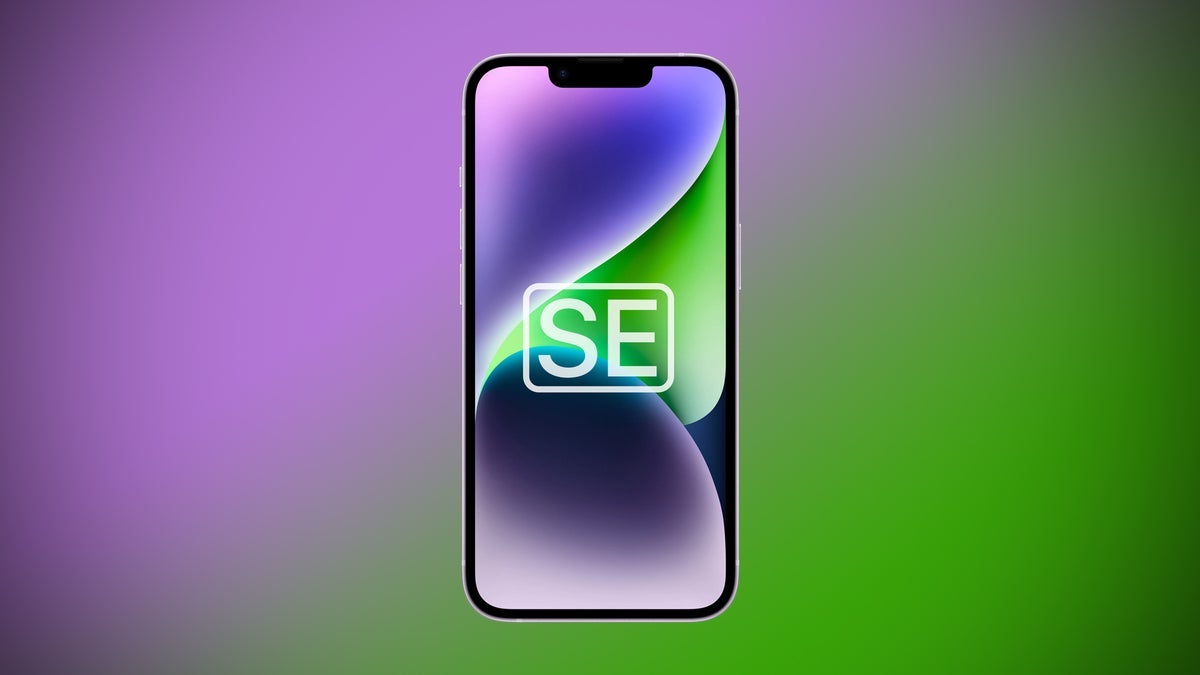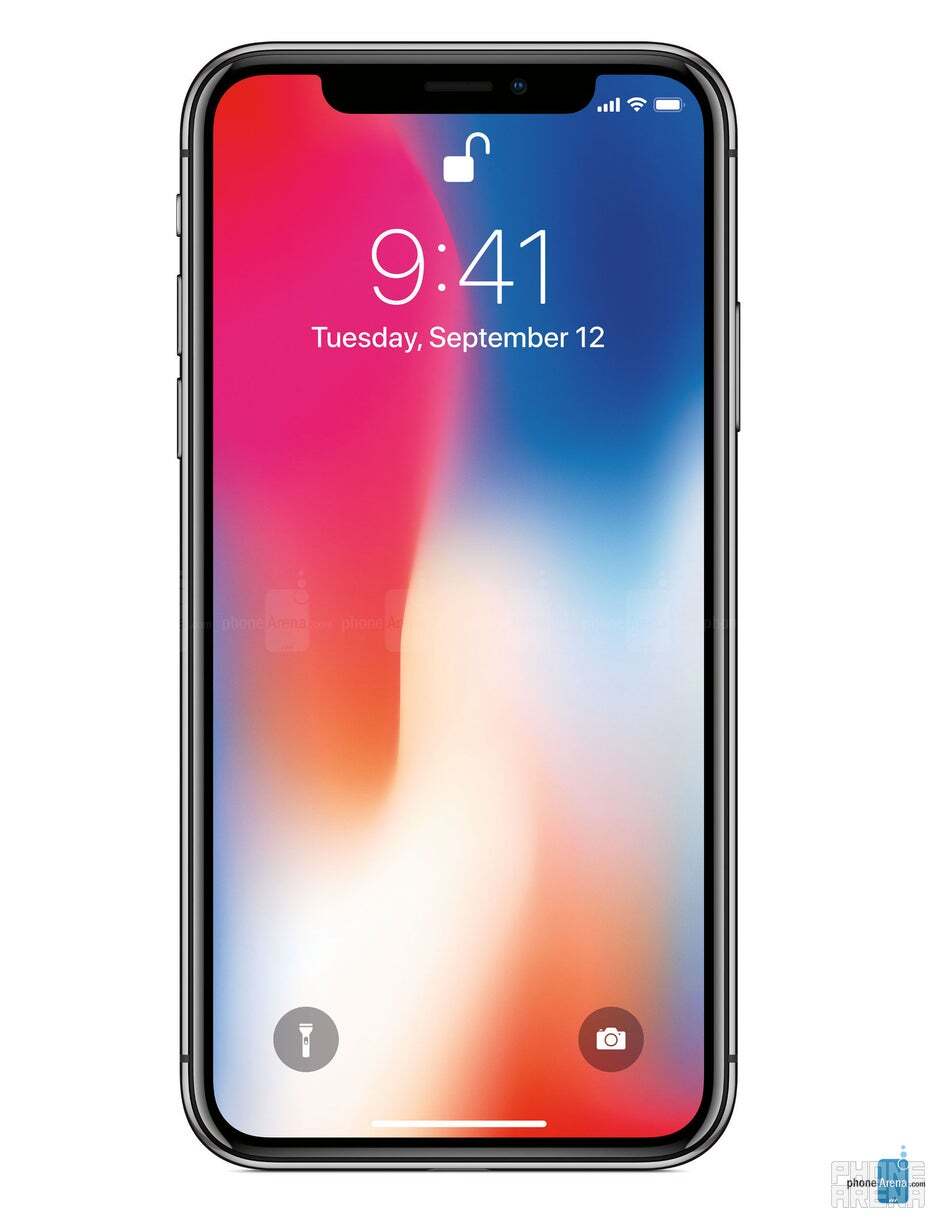Starting in 2025, a feature found on the original iPhone won't be seen on the device again

Apple has one word to say to the Japanese firms that supplied it with LCD panels. Sayonara. A report by the Japanese news agency Nikkei says that once the iPhone SE 4 is released, possibly during the first half of 2025 (although some are looking for a surprise unveiling next Monday), it would mark the end of Apple using an LCD display for the iPhone. From the first-generation iPhone released in 2007 to 2017's iPhone 8 and iPhone 8 Plus, Apple stuck to LCD for the displays used on the full-priced iPhone models.
The first iPhone to use an OLED display was 2017's iPhone X which went on sale almost six weeks after the iPhone 8 series. While the subsequent full-priced models after the iPhone X stuck to the use of OLED panels, Apple continued to base its budget-priced iPhone SE variant on older models that used LCD panels. For example, the iPhone SE 3 released in March 2022 is based on the iPhone 8 which means that it was equipped with an LCD display
Among the advantages of using OLED on a smartphone over LCD, a user can get better viewing angles, higher brightness, and contrast. Since OLED panels do not require a backlight, creating the color black is done by turning off a Pixel. Turning off Pixels saves battery life which means with an OLED panel, an iPhone user can extend the life of his battery by enabling dark mode.

The iPhone X, released in 2017, was the first iPhone to sport an OLED display. | Image credit-Apple
The iPhone SE 4 will most likely hit the light of day next year and will be based on the iPhone 14 which means you can toss out the old Home Button, and add Face ID and the Notch. And for the first time, an iPhone SE will feature an OLED display. This means that there will be no more new iPhone models made with an LCD display. As a result, Apple's LCD suppliers, Japanese firms Japan Display, and Sharp, will lose the business which 10 years ago had the pair responsible for 70% of the displays used on iPhone models.
The OLED displays for the iPhone SE 4 will be sourced from Chinese display firm BOE and South Korea's LG Display (LGD). Including the full-sized iPhone models, Samsung Display is the leading supplier of iPhone OLED panels with 50% of the business. LG Display is next with 30% and BOE is responsible for the remaining 20%. Since Japan Display and Sharp don't produce OLED panels for smartphones, the two companies will no longer be involved with delivering iPhone displays to Apple.
Since the iPhone SE 4 will support Apple Intelligence, we expect it to be equipped with the same A18 application processor that will power the iPhone 16 and iPhone 16 Plus. And since the minimum amount of RAM needed to support Apple's AI initiative is 8GB, you can expect the iPhone SE 4 to feature 8GB of RAM.
Follow us on Google News













Things that are NOT allowed:
To help keep our community safe and free from spam, we apply temporary limits to newly created accounts: